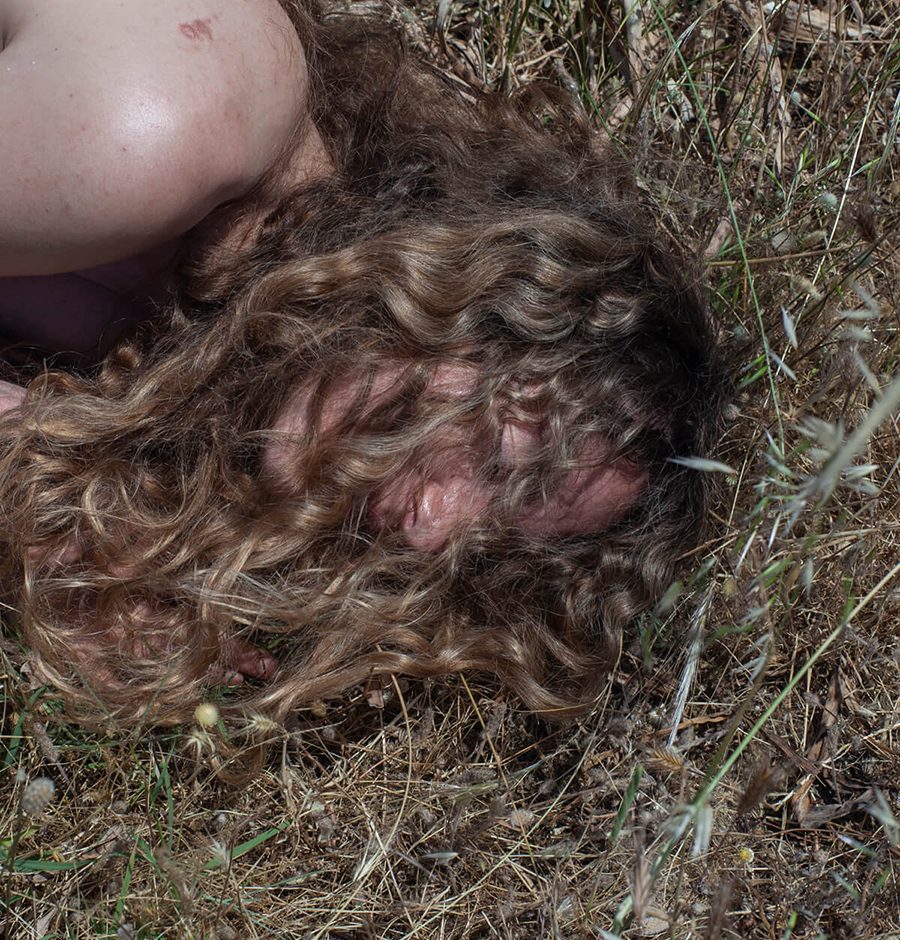The ordinary and the surreal by Stefania Orfanidou
What is your background, how did you get into photography?
I was born in a small seaside city, Kavala, in the north of Greece. I studied architecture in Thessaloniki, deviating from my orientation of becoming an archaeologist in which I was insisting during all my childhood years. My passion with photography was born in Madrid back in 2011, during my Erasmus studies in the Fine Arts School. The prolific artistic scene of the city at the time, combined with the free time I was offered for walking and exploring, were the seed for my first steps into contemporary photography. Since then, it has been a journey of learning, overcoming personal limits, amplifying my perception in art, finding my own – multiple many times – routes and roots, expressing thoughts I cannot write or say in any other way.
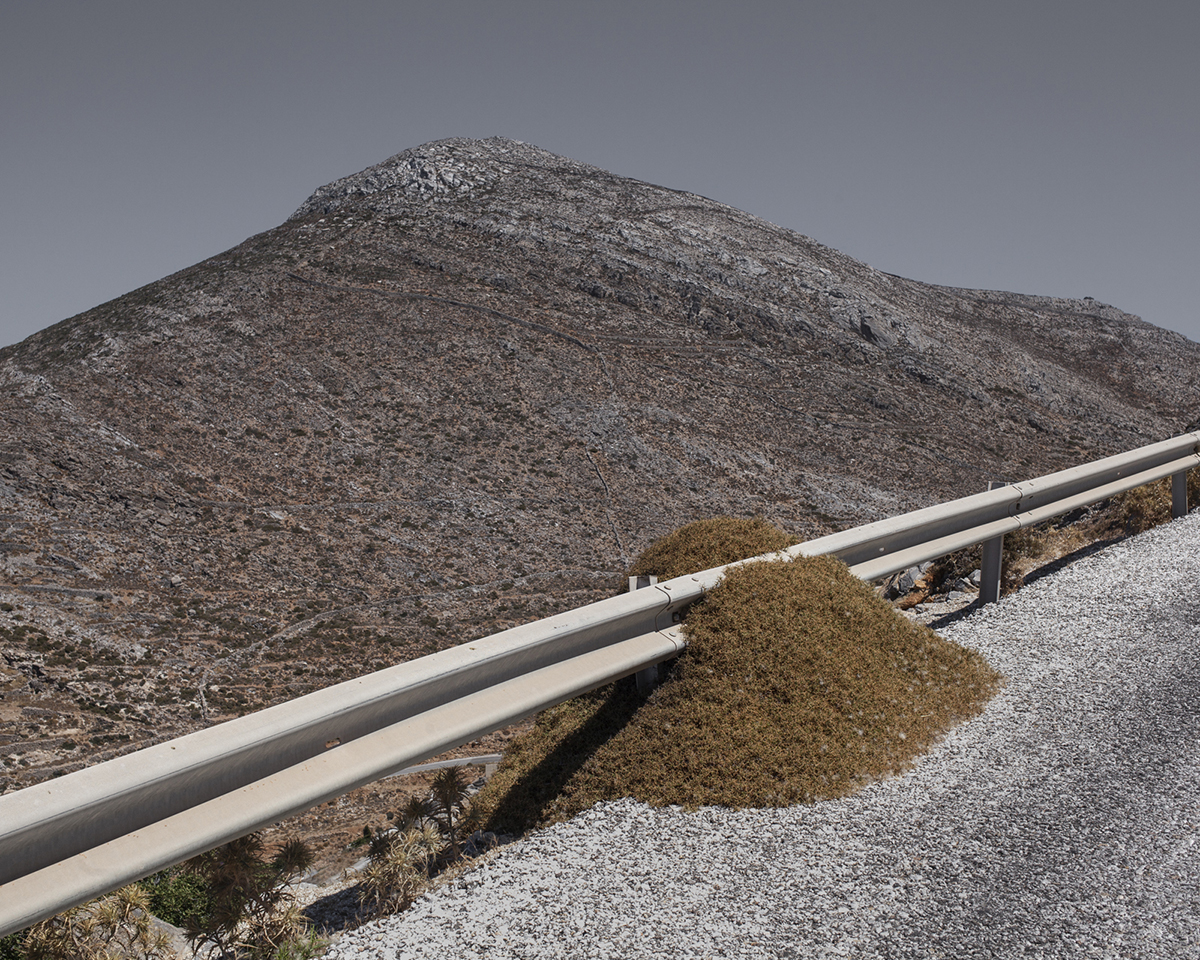
What is the genesis of your photographic project Profanation Exercise?
For years I have this habit of collecting titles and phrases, keeping notes from literature, essays, poems, from dreams I see and dialogues I record while walking. The reason I do this is ambiguous. Maybe it is the gesture of rescuing something that sounded to me strange or funny and I know that the next day or hour I will have forgotten it. Maybe it is just pure pleasure. In time, I created an archival textual tank from where I extract the words or phrases. Usually, I combine these texts with an existing body of photographic work. In the case of Profanation Exercises the procedure was reversed. At some point I bumped into the phrase Bait for Dragons and I thought that this was a really good title for a new series. So it led me to the content. All the following sub-titles guided me through my photo-shooting and editing process. Apart from the textual archive, I also keep a photographic archive with all the discarded photos. This is how gradually the first chapter started taking shape and then came the next: Salty Eyebrow. So far there are five. The idea is to create small narratives, flexible, where I can play and experiment. So, I build step by step a body of work that at any time can grow, pause, or even be dismantled and rearranged by someone else.
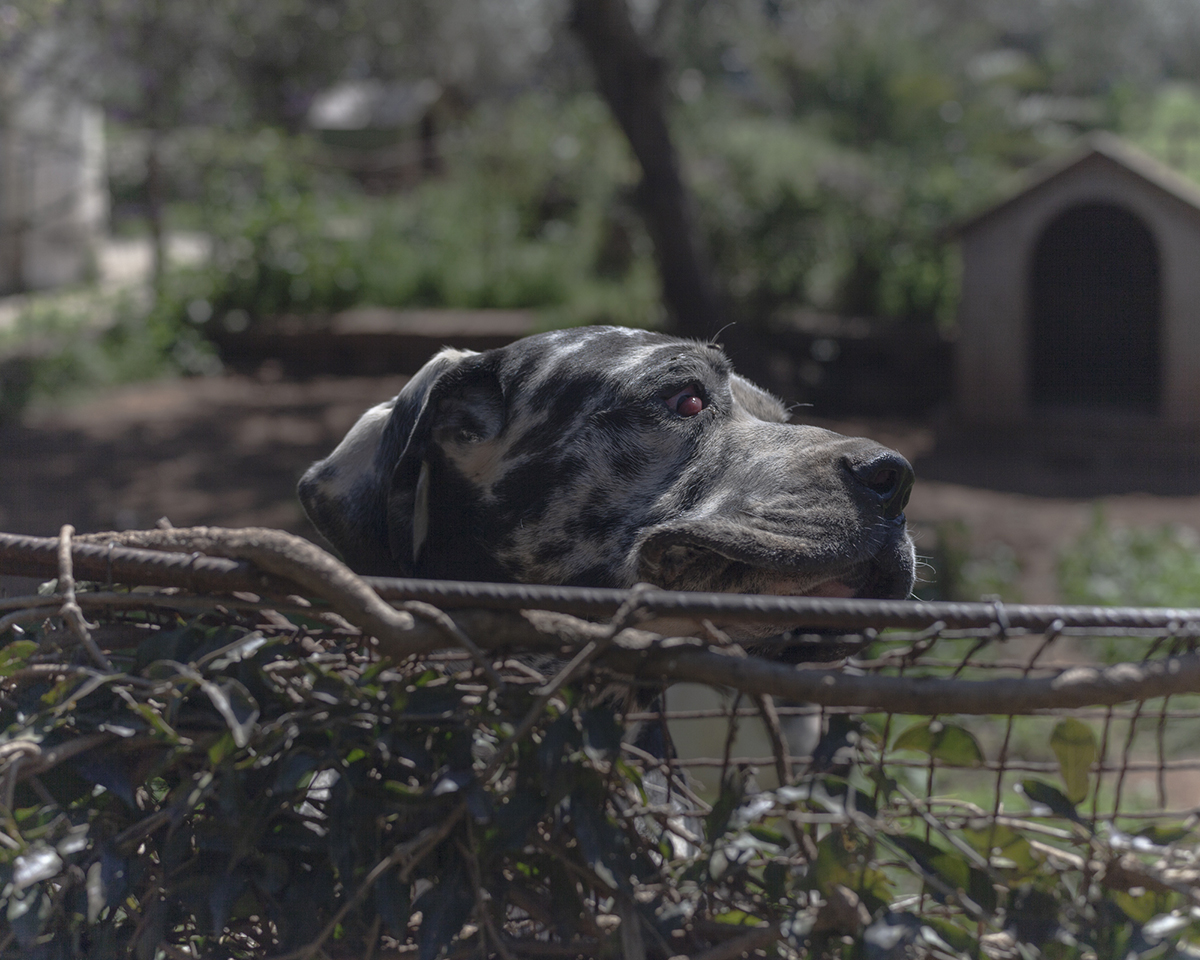
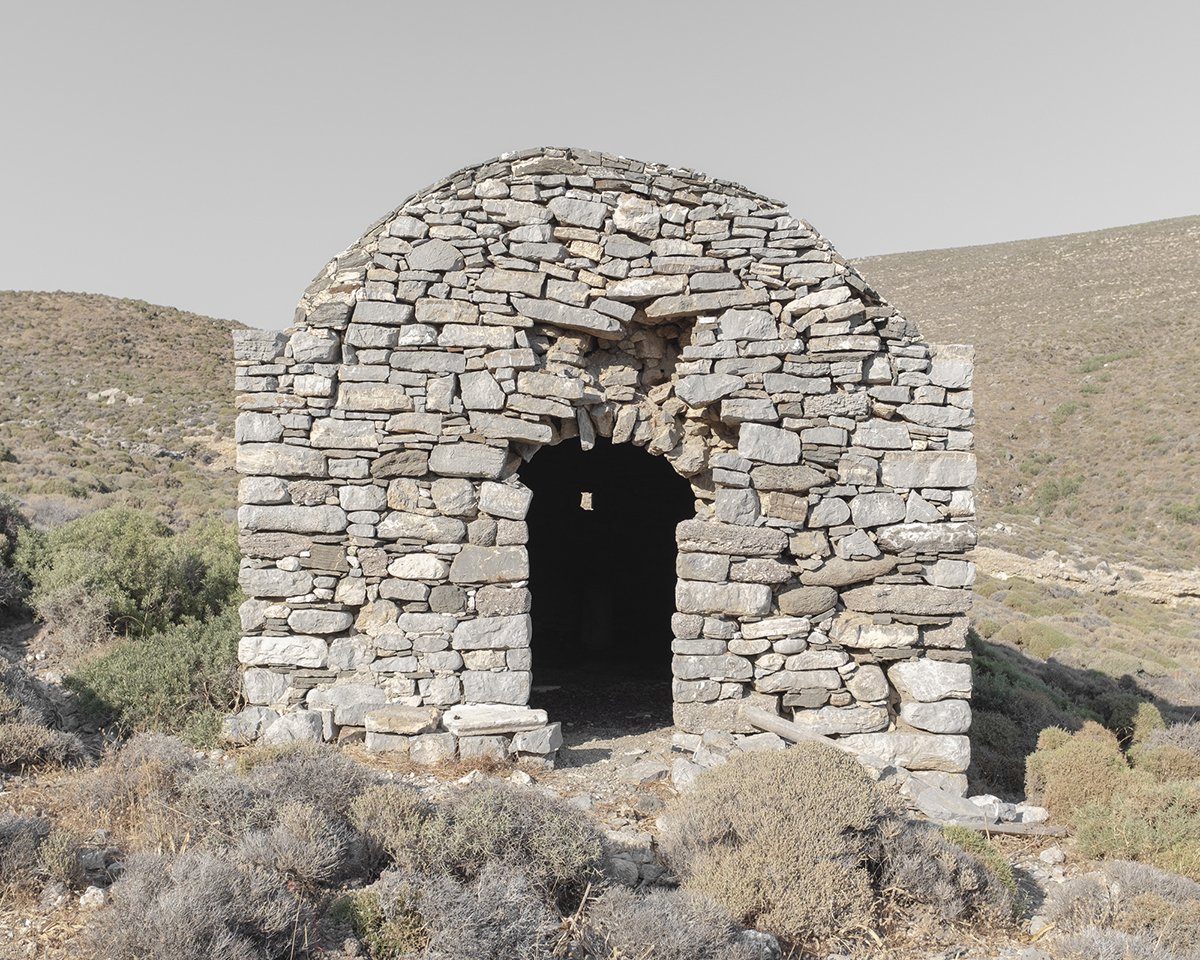
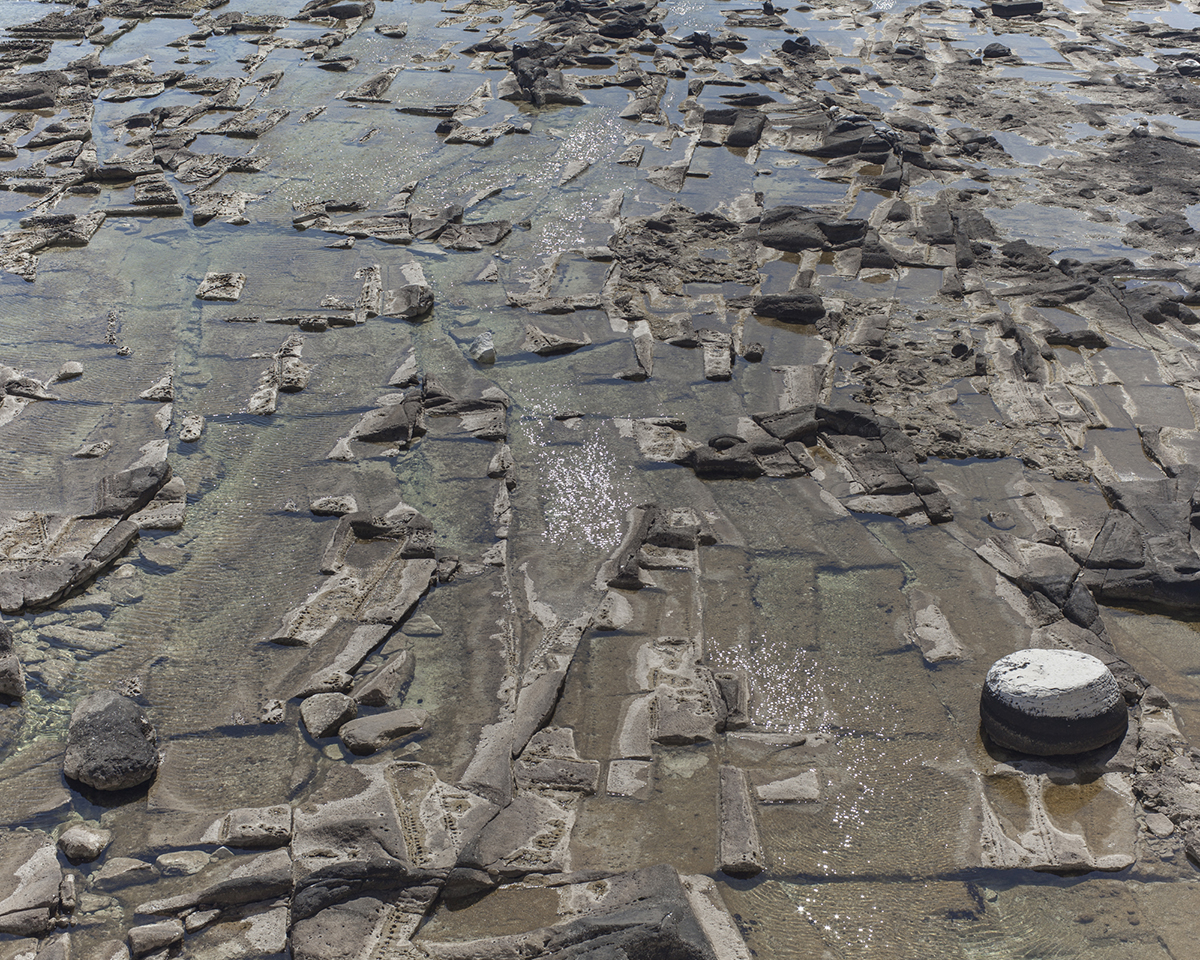
How do you transform the ordinary into something unfamiliar through photography?
While walking I empty myself of thoughts and try to concentrate on gestures of care, details of the urbanscape, human interventions in unexpected places, etc. The ordinary and the trivial attracts me. Yet, at the same time, there are some images that I capture, from which I extract multiple connotations, and I see their oddity. The process of sequencing can enhance this feeling and creates a sense of surrealism. The familiar becomes uncanny. Somehow, I perceive this project, Profanation Exercises, almost as a dadaist approach, as a cadavre exquis constructed by different minds and different layers.
What is your personal relationship with mythology?
I grew up intrigued by Greek and Egyptian mythology, as well as Aesop’s tales. Mythology became the revelation of a hermetic secret that awaits in patience, as a blooming bud. In the heart of all myths, lies the birth of life. For me, giving birth to a new body of work has always been a sort of disclosing procedure that fills me with excitement. At the same time it arises questions on the purpose of its creation. I also detect in myths the absence of time. All mythological figures are placed in a timeless reality, beyond recognition. In the same way, all of my narratives tend to be timeless. As if fragments of a mythological conversation, the ordinary depicted in the photographs leads to the dissolution of an illusion. It is finally transformed to the extraordinary. Only to reveal, again, the ordinary, as if we follow relentlessly a circular route, with sole intention to rescue from oblivion a mnemonic event. And what if the only thing we are looking for through the multiple versions of the same myths is our roots?
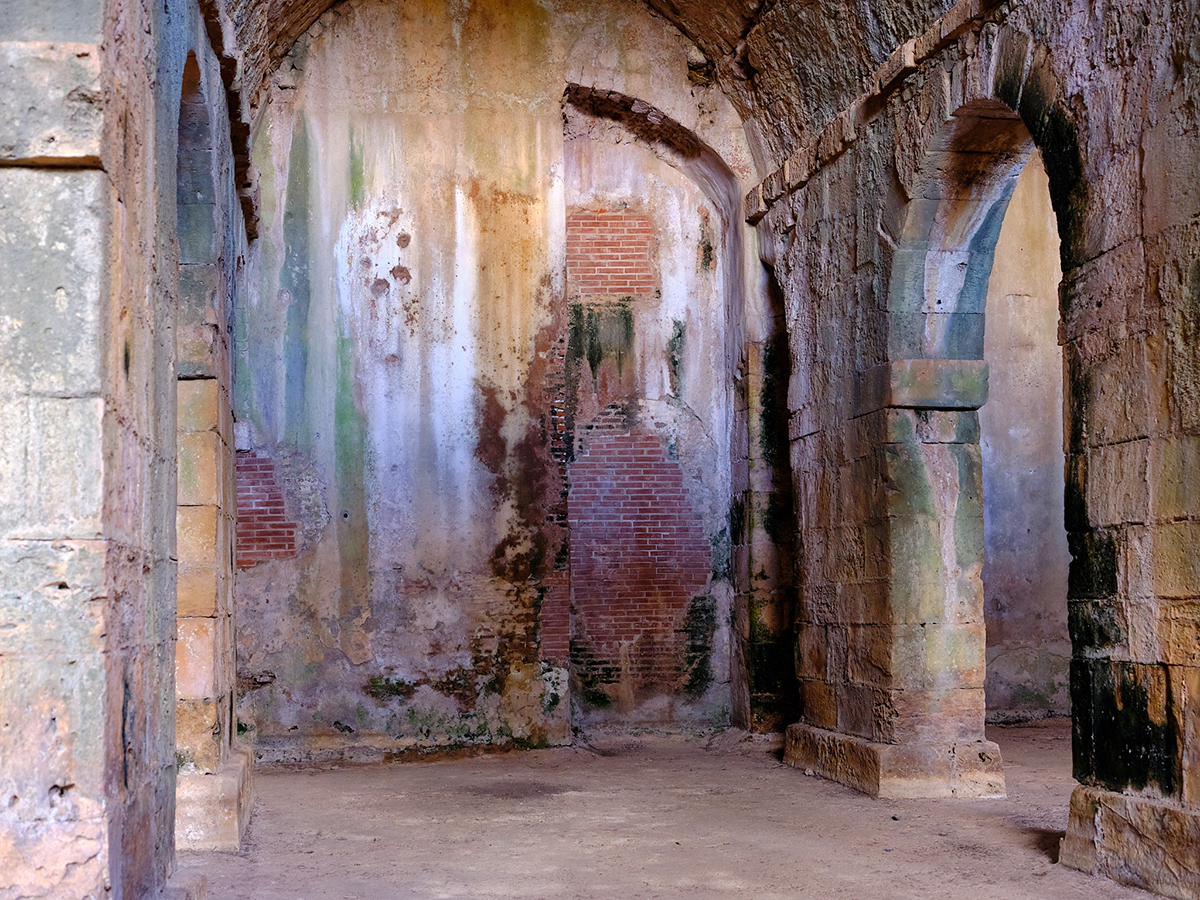
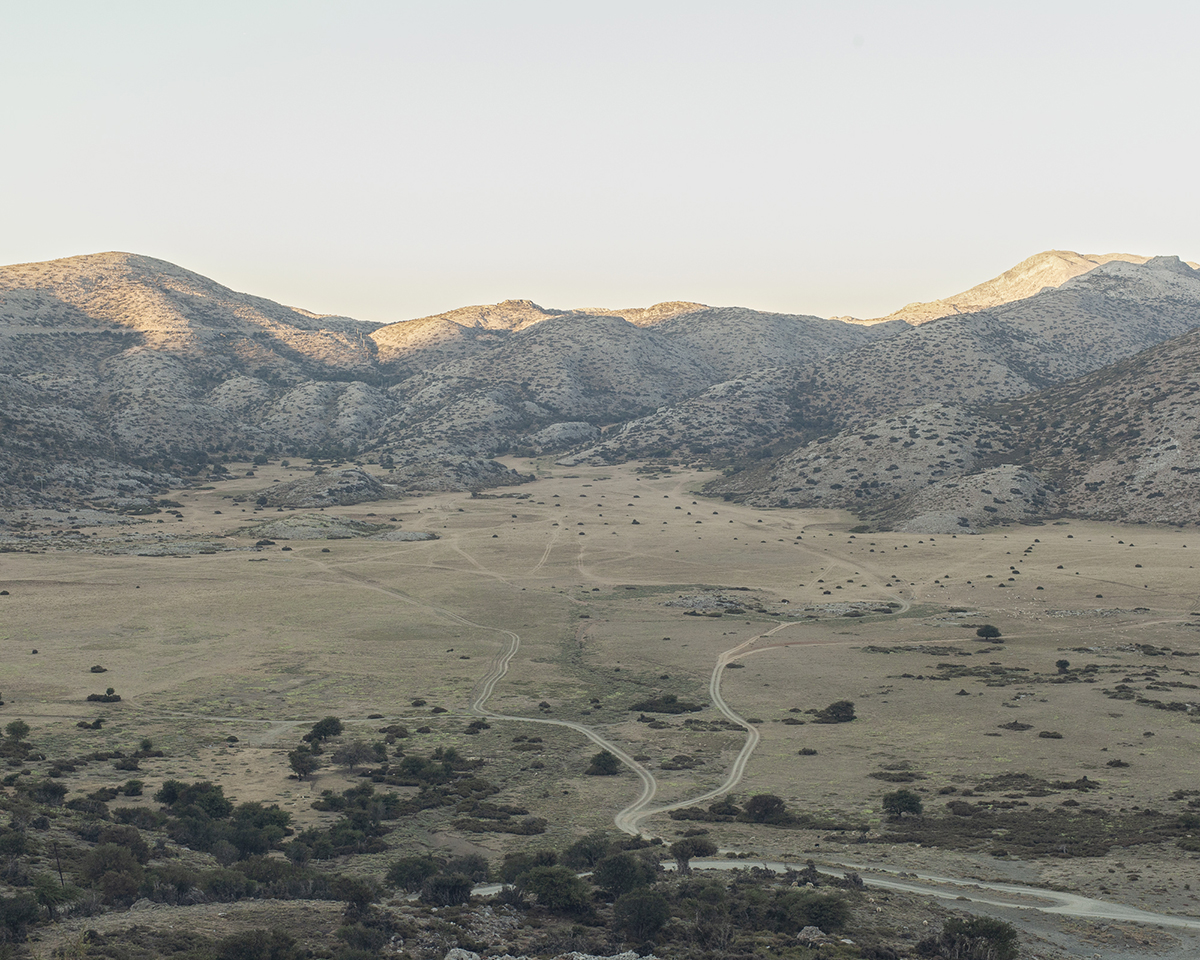
What do you think are the myths of today?
The narration of a myth is inextricably linked with historical memory. Myths are the guardians of a secret that usually tries to remain hidden. The myths of the past revealed the stories of gods, semi-gods and human beings. Rivalry, jealousy, discord, love and betrayal were prevailing elements in these stories. Yet, behind the passion and hatred, there was always a moral. Each metaphysical experience was being reflected in the real life. Today, contemporary myths narrate ordinary or supernatural events of our recent past. They also conserve hidden information. The way they realize this, is elliptical and fragmentary. They seek to rock the boat, to pose questions, to make access to new interpretations. The creation of new myths today comes as a counterpoint to the official version of history. It implies the suspicion of a truth patiently waiting to emerge to the surface. In a corresponding way, my images investigate the existence of a truth and attempt to change the perception of an already existing fictional or real event.
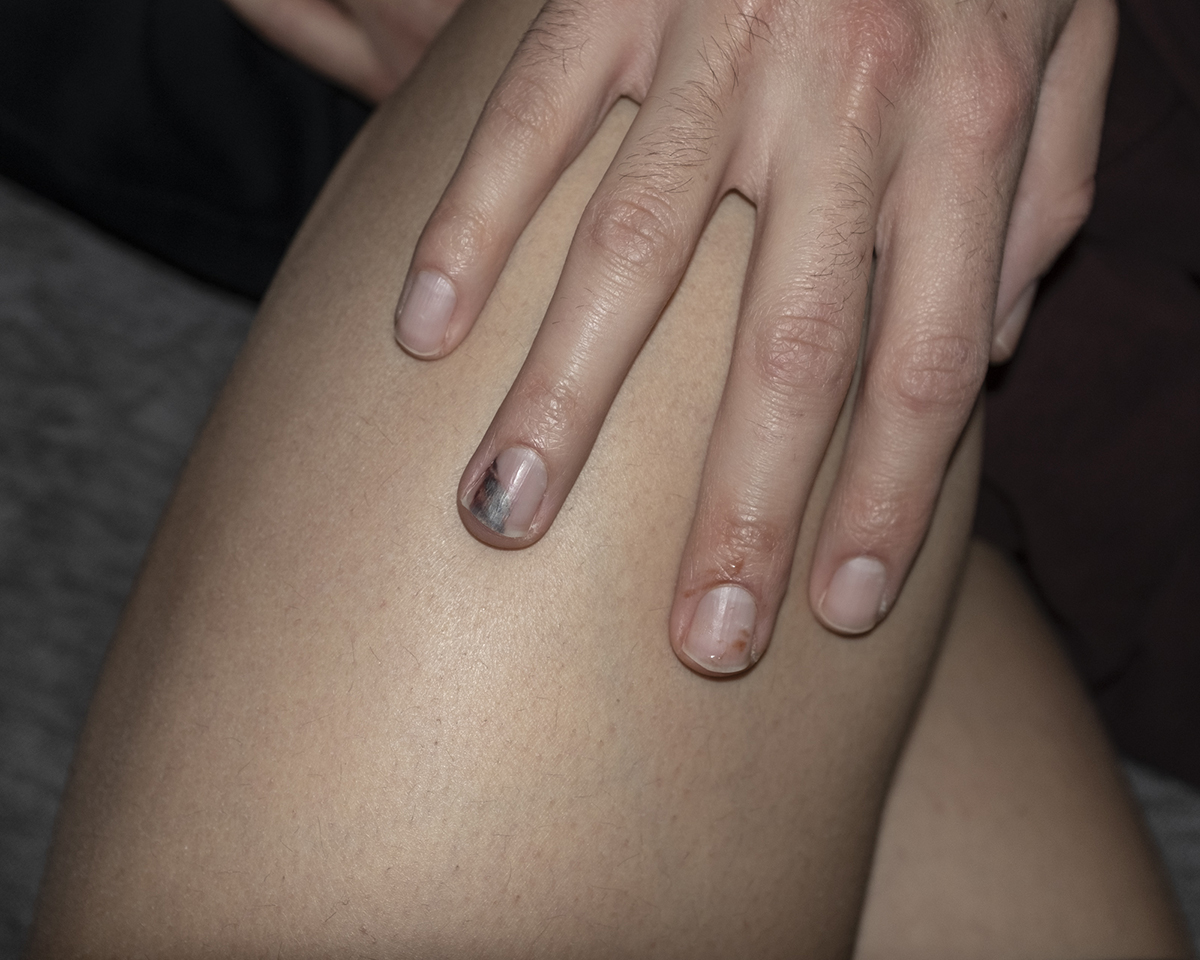
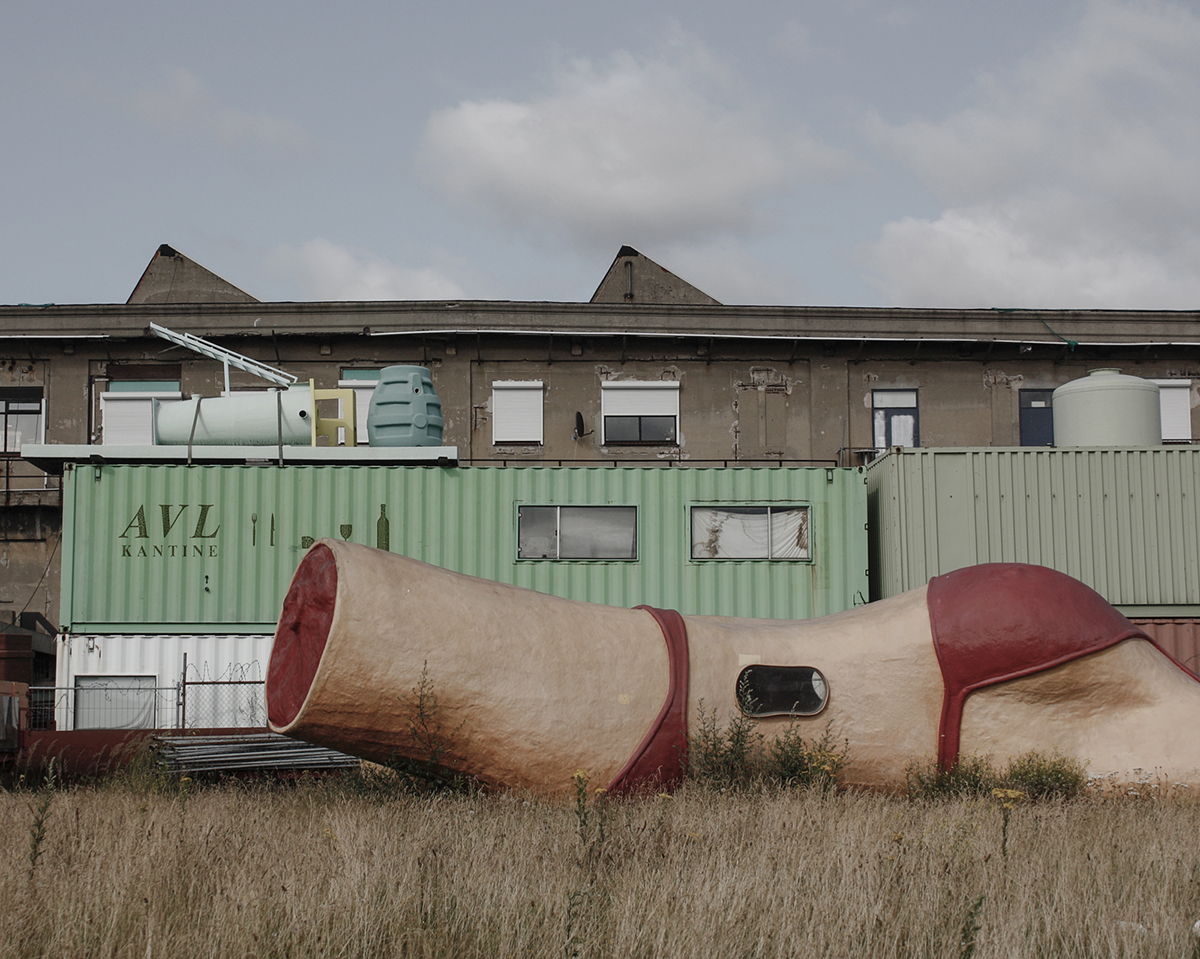
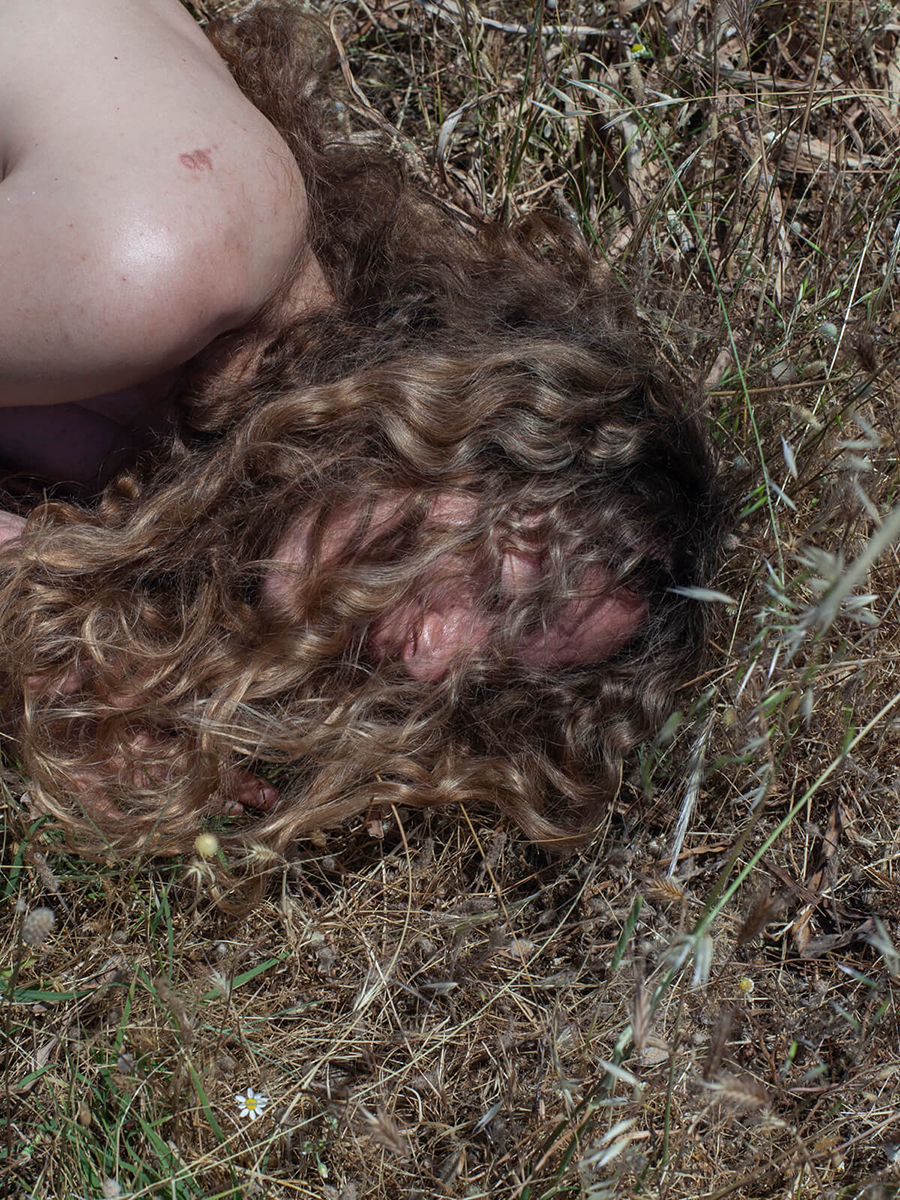
Web: www.stefaniaorfanidou.com
Instagram: @stefania.orfanidou
© Stefania Orfanidou
